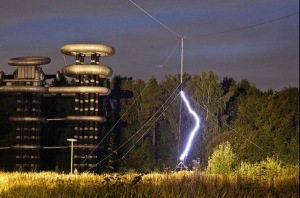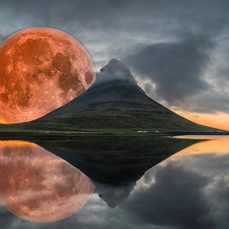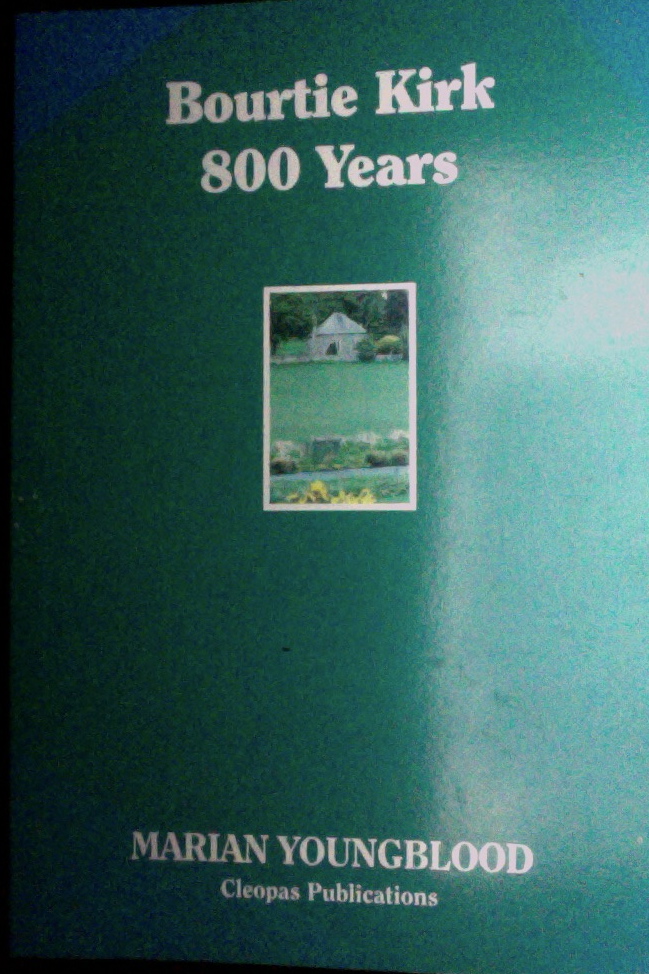Like Lightning Conductors & Orbiting Spacecraft, Let Writing Ideas Flow
LIKE LIGHTNING CONDUCTORS & ORBITING SPACECRAFT, LET WRITING IDEAS FLOW
Keeping the Insecure Writerly Mind Active thru Tricky Times

Astronaut Buzz Aldrin sets up solar wind sail experiment on lunar surface July 1969, photo Neil Armstrong, moondust footprints, right
What do oil executives, vampires and NASA bureaucrats all have in common? They fear solar energy.’ Michio Kaku, Japanese American theoretical physicist
We are–through our younger generations—perhaps thinking quicker. Also, is it imaginary? or is Time–along with our learning curve–speeding up, too?
It is possible that, with current seismic catalysts—deep Pacific trench high-magnitude shakes, and unrelenting eastern California faultline displacement (Ridgecrest Naval Base China Lake, CA), we are becoming, what Nikolai Kardashev via Michio Kaku calls a Level One Civilization.

Sunset at full moonrise—& eclipse Hampshire crop circle Rodfield-Tichborne July 16th, 2019, photo Nick Bull
Kardashev Type I civilization is one able to harness all the power available on its (single) planet. The implication is that in so doing, it is able to function as ‘one’ and therefore to have mastered the supreme mark of a self-realized group: peaceful interaction.
Kardashev Type II civilization is able to harness all power available from its star.
Kardashev Type III civilization can harness all the power in a single galaxy. With the power of an entire galaxy at its disposal, a type III civilization would be able to come up with radical new power sources.

Abandoned Russian Space vehicle, Buran (Blizzard) on launch pad at Baikonur cosmodrome, destroyed when roof collapsed 2002 due to extreme temperatures in Kazakhstan steppes
Michio Kaku, theoretical physicist at New York’s City University, instigator of the Big Think discussion thinktank, and author (2011) of ‘Physics of the Future‘, suggests that, even with an African-Asian-Pacific food crisis (eliciting world humanitarian response), the Earth is as yet not a Category One civilization.
Rusting in Russian Space Hangars
Carl Sagan estimated that Earth qualifies as a Type 0.7 civilization. Before he died in 1996, however–and in spite of his agnostic view–he had hopes that we might overcome our aversion to living in harmony–or rather, to lay down our weapons of war, and interact peacefully with one another. “Decency,” he said (and humility and community spirit) “in this demon-haunted world may be all that stands between us and the enveloping darkness.”
Russian spacecraft—created during the Soviet era 1957-1988, using confiscated German WW-II V-2 Rocket technology and designs, were capable of sending human operators to the Moon, Mars and beyond. With the fall of the regime, and creation of Russia and Ukraine as separate countries, former vast treasuries became unavailable, leading-edge technology languished, and amazing space vehicles were left to rust in their hangars.

Abandoned on outskirts of Moscow, an original Tesla generator-conductor still capable of producing enough electricity to run all of Russia’s power grid
Throughout space there is energy. Is it static or kinetic? If static our hopes are in vain; if kinetic—and this we know it is, for certain—then it is a mere question of time before men will succeed in attaching their machinery to the very wheelwork of Nature. Nikola Tesla, Croatian-US physicist (1856-1943)
Lightning as Power Source
A similar fate seems to have befallen Tesla’s unprecedented invention using unlimited solar—and cosmic—sources of power to run Earth’s machinery.
Still operating—but in infrequent bursts—the Marx Generator at Istra on Moscow’s fringe is a Tesla-designed instrument creating (unlimited) electrical power when fully operational—now all but abandoned. Unlike the U.S.’s High Frequency Active Auroral Research Program (HAARP) facility, the Marx generator in Istra was not constructed to modulate the weather. But, like HAARP, it did help design weapons for the future.
*Photo courtesy http://www.4turista.ru

Soyuz TMA-11M rocket 38 rollout to Baikonur launch pad by train 2013, photo: NASA/Bill Ingalls
Otoh, if you feel like some high-powered relaxing in a Hilton twin-tub while attending this year’s Annual Writers’ Digest Conference, then go —August 23-25 New York Hilton—have fun!
I, for one, count on our revered Space Capsule Commander Alex Cavanaugh to steer us through (muddy) orbit trajectories into shiny solar re-emergence, like a rotating moon capsule revealing a new Earth dawn, but it’s still up to each one of us to do the right thing, isn’t it? If a Writerly Share is what you need, Now’s the Time:
And keep on writing!
©2019 Marian Youngblood











